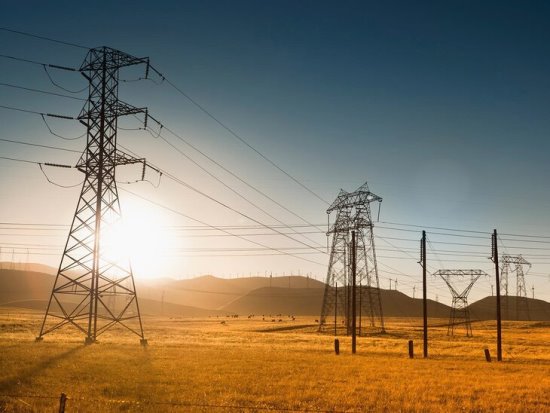
| ||||||
On hand to discuss various aspects of PG&E's goals and answer any questions from the viewing public were: Vice President of Electric System Operations Mark Quinlan; Senior Manager of Customer Engagement and Strategy Vanessa Bryan; Director of Local Government Affairs Anna Brooks; Supervisor of Vegetation Management Joshua Coleman; Senior Public Safety Specialist Rich Noonan; and Senior Manager of Customer Strategy Dave Meier.
PG&E noted that of the 5.2 million customers it serves, approximately 494,000 are located within High Fire Threat Districts (HFTD). System-wide, of the 108,200 overhead distribution line miles in service, nearly 28,100 are located in HFTD; and of PG&E's 18,900 overhead transmission line miles, about 5,800 are in HFTD.
With regards to enhancing fire detection, PG&E has a map that helps communities plan and prepare for a potential fire response (pge.com/firewatch). The map pulls data from six satellites which monitor California from space. The information is updated every five minutes; the public can search any town or city; and can view recent Cal Fire incidents, Red Flag Warnings, live wind lines, weather stations and more.
Brooks discussed what's new for wildfire safety in 2022. PG&E is working to prevent potential fires by undergrounding wires; expanding Enhanced Powerline Safety Settings (EPSS); refining and reducing impacts of PSPS; conducting 1,800 miles of enhanced vegetation management; and installing additional high definition cameras and weather stations.
PG&E is striving to provide better customer support through expanding eligibility; helping vulnerable customers through their Fixed Power Program; expanding local information through the PSPS Planning Map and pge.com; and monitoring their "Report It" mobile safety app.
Brooks added that PG&E is undergoing the largest effort in the United States of undergrounding 10,000 miles of power lines. This effort is the best long-term solution in reducing the risk of wildfires by 99%. There are plans to increase the output each year (pge.com/undergrounding). This effort, along with overhead hardening and line removal, will make the system more resistant to wildfire risk and severe weather situations. The work will also include stronger poles and larger crossarms.
Coleman discussed routine and enhanced vegetation management by explaining that PG&E has increased its safety clearances between power lines and surrounding vegetation in high fire threat areas. In 2021, it cleared 1,983 miles of vegetation. The 2022 plan is to complete 1,800 miles. To date, 1,102 miles have been cleared.
Noonan explained the technology behind EPSS. PG&E's powerlines have equipment that allows it to turn off power within one-tenth of a second if a tree branch or other object strikes the line. This feature can help to stop a wildfire from starting and has shown a 73% decrease in reportable ignitions this year with the EPSS-enabled circuitry. Customers are expected to experience such outages during the fire risk season between May to November and will be notified through automated calls, texts or emails as to when power will be restored. Since an EPSS event is unpredictable, PG&E is not able to provide advance notification, but it is expanding eligibility for generator rebates and backup power transfer meters.
PSPS conditions include a variety of situations: low humidity levels (30% and below); forecasted high winds (above 19 mph and gusts above 30-40 mph); Red Flag Warnings (issued by the National Weather Service); conditions of dry material (on the ground and low moisture content of vegetation); and on-the-ground real time observations (by PG&E personnel). PSPS events are declining thanks to continual modifications made to the PG&E system. In 2019, there were seven events; 2020 had six and 2021 had five events. The average outage durations respectively were 43 hours, 35 hours and 31 hours. PSPS outage notifications will come to customers in the form of an automated call, text, email, social media and news outlets.
PG&E offers Community Resource Centers (CRC) that are open during PSPS or EPSS events where customers can access resources and up-to-date information. The centers offer personal and medical device charging; mobile battery chargers; ADA-accessible restrooms; Wi-Fi; bottled water and snacks; cooling/heating stations; seating and ice (pge.com/crc).
For tips or information on how customers can stay safe in the event of an emergency visit: safetyactioncenter.pge.com.
Reach the reporter at:
